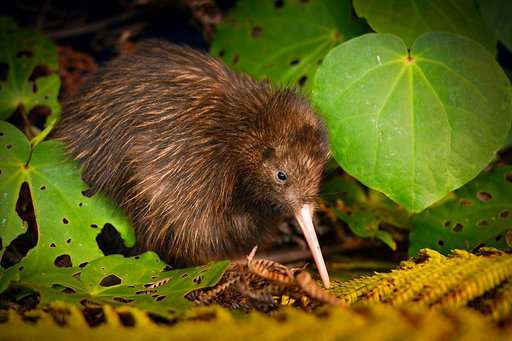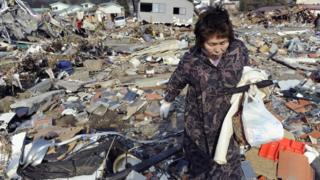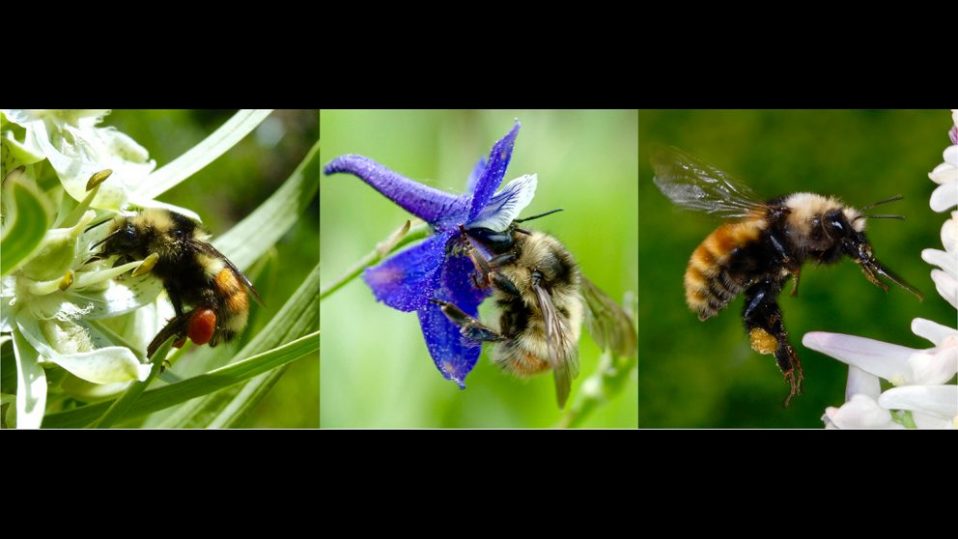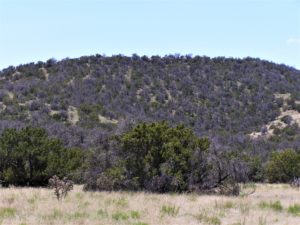Two types of New Zealand kiwi birds are a rare bright spot in a mostly grim assessment of global species at risk of extinction.
The International Union for the Conservation of Nature upgraded the Okarito kiwi and the Northern Brown kiwi from endangered to vulnerable thanks to New Zealand’s progress in controlling predators like stoats and cats.











